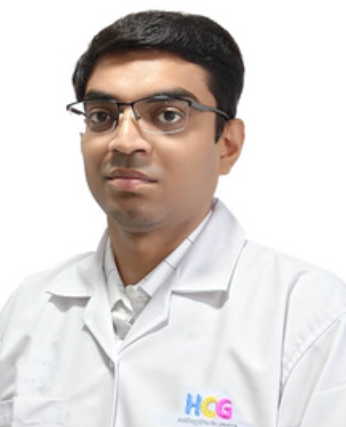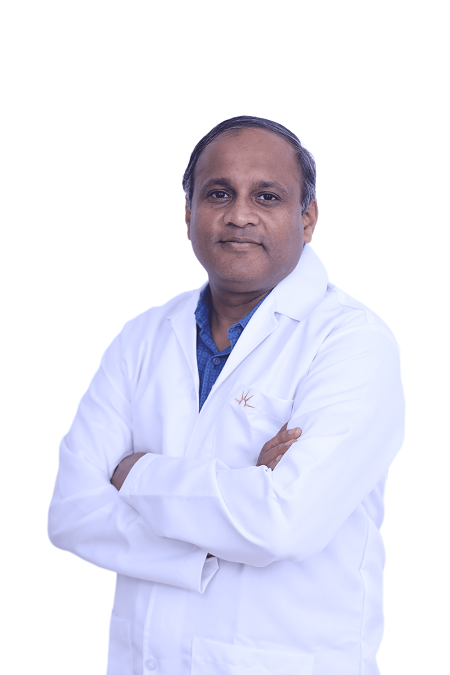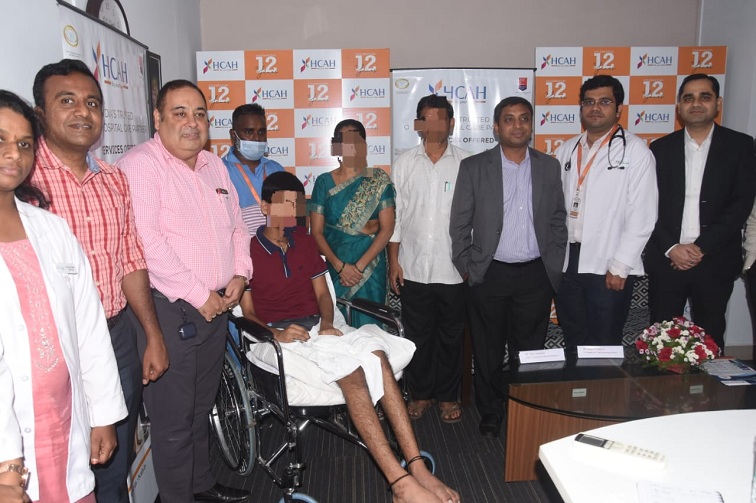
Written By: Mr. Vikram Thaploo, CEO-Telehealth, Apollo Hospitals Enterprises Limited
The health sector in India faces critical challenges, with a substantial proportion of the population still in rural areas. In the last two decades, primary healthcare centers have played a significant role in the rural healthcare service provision. As of March 31, 2022, the country had 31,053 PHCs, with 24,935 in rural settings. The Bhore Committee, which conceptualized PHCs in 1946, conceptualized these centers as fundamental units to bring healthcare closer to the people, with an emphasis both on prevention and treatment. But despite their critical importance, progress in expanding PHCs has been slow and lags in many rural areas of the country.
Primary Healthcare Centers play an essential role in delivering routine check-ups, and immunizations, managing chronic diseases, and referral care. However, with more than 70% of healthcare delivery being provided by private entities, people living in rural regions face issues accessing good care at an affordable rate. In addition, considering the increase in both communicable and non-communicable diseases, PHCs might help reduce the pressure on Indian healthcare delivery. The article explores the role that PHCs can play in addressing healthcare challenges and examines steps required to strengthen PHCs toward better health outcomes.
The Critical Role of Primary Health Care in Building a Healthier India
Primary health care acts as the backbone of the healthcare system in the country. It caters to millions, mainly in rural areas, by making health care accessible and affordable and providing preventive care. It helps reduce the burden of chronic illnesses by focusing on prevention, regular check-ups, and vaccinations and minimizes the need for costly, specialized treatments. This helps in improving general public health and saving resources as health issues are dealt with early, thereby preventing hospital admissions that are costly and demand expensive secondary care.
Primary health care is also important in bridging the health inequalities gap. It ensures that healthcare access goes even to the most remote and destitute corners of the country regardless of the income brackets or locations, and such factors could make a difference in societal levels across this country. The recent rise of primary health care is focusing on a bigger effort for India to achieve Universal Health Coverage, making sure everyone receives adequate health care, especially the vulnerable sections.
Additionally, primary health care in India is also playing a big role in dealing with emerging health issues such as climate change. It ranges from dealing with the health impacts of extreme weather events like floods and heatwaves to the emergence of new infectious diseases and malnutrition. Many countries across the world are investing in primary health care; therefore, India must also identify the immense potential in its primary healthcare system to create a resilient and sustainable healthcare system. Primary healthcare strengthening must be a priority to improve health outcomes, reduce mortality, and make sure that future generations remain healthy.
Challenges Faced by Primary Healthcare in India: A Closer Look
Many barriers hinder India’s public primary care system in order to deliver accessible and quality care. Key challenges facing this system include:
1. Limited scope of services
The current primary health care system only addresses a few of the health issues people encounter, amounting to about 15%. It is mainly pregnancy care, child health, and national health programs. There are gaps in areas that include chronic disease management, mental health, and geriatric care. Expanding the scope of services is important in comprehensive healthcare delivery.
2. Lack of Sufficient Funding:
Healthcare spending in India is very low. In FY23, the combined expenditure of central and state governments was only 2.1 percent of GDP. This compares rather poorly with other BRICS countries, such as Brazil (3.8 percent), China (3.1 percent), and South Africa (4.2 percent). Low budgets immediately impact the quality and outreach of primary healthcare services.
3. Poor Infrastructure
Infrastructure gaps further pose a huge issue for PHCs across the country. For example, it was reported in the National Health Profile 2019 that almost one-fourth (22%) of the primary health centers do not have specific rooms for important services like immunization and family planning. Also, in some states such as Rajasthan, families may need to travel between 10 and 20 kilometers to access the nearest PHC, thereby rendering healthcare unavailable to many.
4. Shortage of Healthcare Professionals
In many PHCs, there are only a handful of healthcare workers who are fully trained and supervised to provide quality services. Workforce shortages, inefficient management, low-quality training, and lack of supervision can lead to disruptions in care and poor patient outcomes.
5. Restricted Supply of Medicines
High prices of medicines act as a barrier to healthcare for many Indians. Although the free medicine scheme of the government is intended to address this issue, it encounters supply chain problems and a lack of drugs. This puts patients in the hands of unregulated pharmacies, which have often been selling low-quality or even spurious medicines, a serious threat to health.
6. Bad Quality of Care
According to A Lancet study, half of Indian patients do not receive proper care for their conditions. Poorly trained professionals, poor physical infrastructure, and lack of regulation over healthcare providers contribute to this mix. Secondly, low health literacy leads the patient to seek medical assistance late in the disease phase, further worsening health outcomes.
7. Overburdened Facilities in Poor States
Primary health centers are saturated, particularly in states such as Madhya Pradesh, Bihar, and Jharkhand, where the number of people served by one PHC far exceeds 25,000; they serve up to 76,000 people in many instances. This overburdens the facilities and compromises the provision of services.
8. Chronic Underinvestment
PHCs often function in under-equipped settings, drug shortages, and limited stocks, which makes it really difficult to provide quality healthcare. This underinvestment affects the very foundation of a healthcare system.
The Way Forward
To address the challenges in India’s primary healthcare, a holistic approach is required starting with the right financial investment. Health spending as a percentage of GDP can be ensured to reach 3-4% such that public spending constitutes at least 70% of total health expenditure. It would then allow for strong funding for schemes such as Ayushman Bharat, which aims to convert more than 1.5 lakh health facilities into Health and Wellness Centres (HWCs). These HWCs must be enabled to provide Comprehensive Primary Health Care (CPHC), which would ensure treatment as well as preventive and promotive health services right at the doorsteps of people. Proper implementation of this scheme with clear accountability and resource use efficiency is what would make healthcare accessible and impactful.
Furthermore, technology can fill in the gaps of healthcare. Telemedicine can deliver quality care to far-flung places, and mHealth applications such as remote monitoring and medication reminders can make healthcare more accessible. HIE systems enhance better care coordination by making data sharing efficient and minimizing errors. Improving access can also be achieved by addressing information gaps through reliable health information utilities and the Digital Health Mission. In fact, an equitable and efficient primary healthcare system in India can be driven by technology coupled with better funding and strong regulations.



